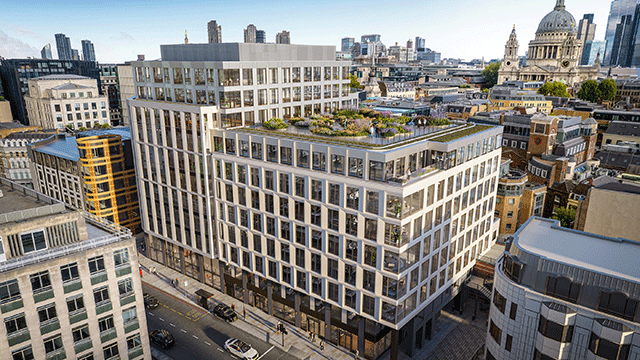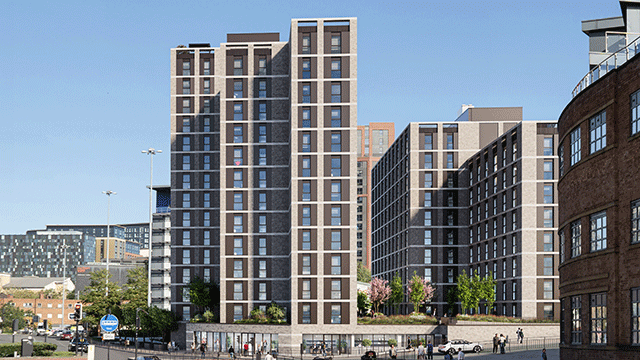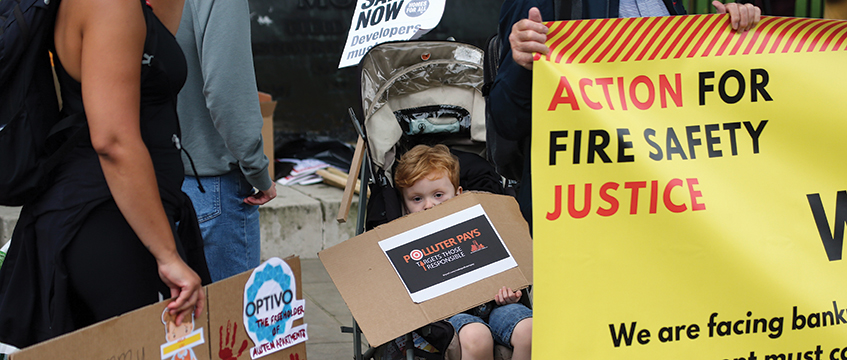Landlord and tenant – Leasehold enfranchisement – Price payable – Respondent seeking to acquire freehold of property converted from flats to single house – Preliminary issue concerning scope of statutory assumption that price payable diminished by extent to which value increased by improvements made at tenant’s expense – Tribunal holding property to be valued as if on valuation date lawful use only as flats, not single house – Appellant appealing – Whether tribunal erring in law – Appeal dismissed
In 1971, S took a long lease of a house at 10, Cheyne Walk, in Chelsea which was divided into five separate flats. He restored the property to a single house. The local planning authority did not regard the work as a material change of use or otherwise as development requiring planning permission.
In May 2019, S gave notice to the appellant landlord of his intention to purchase the freehold of the house under the Leasehold Reform Act 1967. Less than two years remained of the lease and the freehold reversion was very valuable. The respondent purchased the remains of the lease in August 2019 and pursued the acquisition of the freehold but the parties could not agree the price. An application was made to the Upper Tribunal under section 21(1)(a) of the 1967 Act to determine the price payable under section 9.
By 2019, planning policy had changed to favour the retention of flats and against the development undertaken by S. It was lawful for the property to be used as a single house, but if it had still been divided into five flats, planning permission to convert it to a house was unlikely to have been granted. Therefore, the respondent argued that the freehold would only have been of interest to buyers seeking a profit from refurbishment of the flats and its value was £2.6 million, and not £4.25 million, as the appellant contended.
The tribunal held, as a preliminary issue, that section 9(1A)(d) of the 1967 Act required the assumption that it would have been unlawful, as a matter of planning control, to use the property as a single house on the valuation date: [2021] UKUT 85 (LC); [2021] PLSCS 72. The appellant appealed.
Held: The appeal was dismissed.
(1) The ordinary meaning of the language used in section 9(1A)(d) required a valuation on the assumption that the improvements carried out by S had never been made. That accorded with the ordinary and natural meaning of the statutory words “the extent to which the value of the house and premises has been increased by any improvement carried out by the tenant or his predecessors in title at their own expense”. That accurately reflected the purpose underlying the assumption and was not at odds with the “reality principle”. It was also conducive to a realistic approach to valuation, in which the value of the unimproved building could be derived by looking at the prices paid in the open market for similar buildings sold unimproved.
The starting point in interpreting the assumption in section 9(1A)(d) had to be that parliament phrased that assumption no more broadly or narrowly than the language it actually used. The ordinary and natural meaning of the statutory words was plain. It prescribed an exercise in which the valuer established by how much the value of the house and premises “has been increased by any improvement” carried out by the tenant, or his predecessor, and reduced the price payable for the freehold interest to that extent. The price payable for the freehold had to leave out of account any increase in value which was a consequence of improvements made at the tenant’s expense, ie, which would not have happened but for the improvements: Shalson v Keepers and Governors of the Free Grammar School of John Lyon [2004] 1 AC 802 and Fattal v Keepers and Governors of the Free Grammar School of John Lyon [2005] 1 WLR 803 considered.
(2) The purpose of the assumption in section 9(1A)(d) was to ensure that the price paid by the tenant to buy the freehold did not exceed what it would have been had the tenant or his predecessors in title not made the improvements, instead leaving the property as it was when the lease was granted. The intended outcome was twofold: that the tenant did not have to pay twice and that the landlord did not receive a higher price because of works which he was not entitled to require the tenant to undertake. The provision was intended to favour the tenant.
The counter-factual assumption required under section 9(1A)(d) was that the house had not been converted in the 1970s, or re-converted, from a building divided into five flats to a building which could be occupied as a single house.
If one was to diminish the price of the freehold by the extent to which the value of the house had been increased by the improvements, it would be misconceived to credit the appellant with the benefit of the planning status gained by the building through its occupation as a single house when, on the facts, that planning status would not have been obtained but for those improvements. That point was central to the tribunal’s analysis and was sound: Railstore Ltd v Playdale Ltd [1988] 2 EGLR 153 considered.
(3) Where a statutory assumption required a valuation to be conducted on a different basis from reality, the language and purpose of the statute had to be heeded. Here, both language and purpose were plain. The statutory assumption itself was in clear terms and was not ambiguous. It was formulated by parliament to concentrate the valuer’s mind on increases in value attributable to improvements carried out by the tenant or his predecessors in title, and not more broadly than that. Whilst the valuer must not depart from the real world further than the hypothesis compelled, it was necessary to give that hypothesis full effect, and any inevitable consequence of it had also to be assumed. The principle did not determine or limit what the statute commanded the court to assume contrary to reality. The reality principle was about what was not covered by the statutory assumption: Harbinger Capital Partners v Caldwell [2013] EWCA Civ 492 followed.
(4) Submissions had been made in the light of decisions on valuation provisions in various statutory contexts. However, most pertinent here was the fact that the reality principle generally required effect to be given to the inevitable consequences of the assumed counter-factual state of affairs.
Mark Sefton QC and Ciara Fairley (instructed by Cripps Pemberton Greenish) appeared for the appellant; Stephen Jourdan QC and James Fieldsend (instructed by Teacher Stern LLP) appeared for the respondent.
Eileen O’Grady, barrister
Click here to read a transcript of Alberti v Cadogan Holdings Ltd








